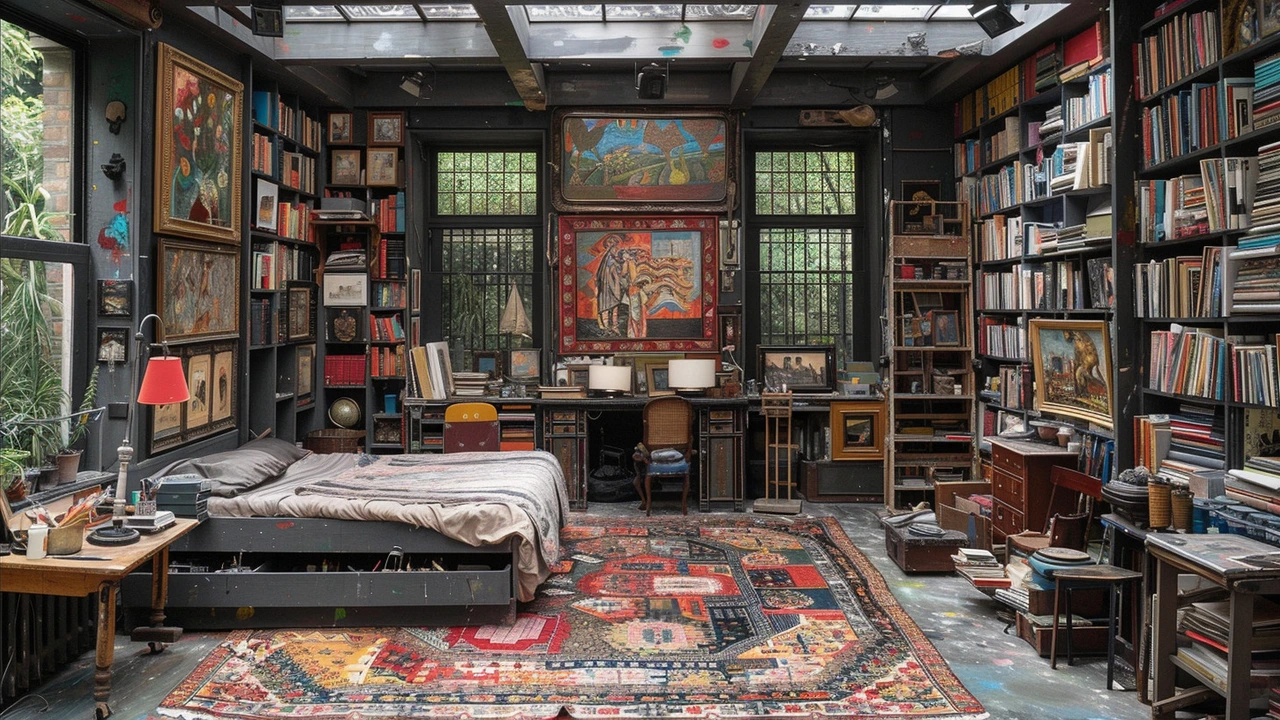Vincent van Gogh sold one painting in his life — yet today his works sell for tens of millions.
That contrast tells you something: impact doesn't follow fame. If you want to understand Van Gogh, focus on three things he used again and again: color, brushwork, and honest emotion.
Van Gogh painted to feel better and to share what he felt. He used bold, often unmixed colors to make moods loud. Look at the blues and yellows in Starry Night: the colors push and pull so the sky feels alive. Try this: limit your palette to three colors and one neutral, then mix aggressively on the canvas. You’ll see how color choices change a scene’s mood.
Brushwork is Van Gogh’s fingerprint. He favored short, visible strokes and rhythmic lines that map motion. You can mimic this by using a loaded brush and applying paint in confident, repeated marks. Don’t smooth everything out. The rough texture gives a painting energy and makes light hit differently.
Van Gogh’s subjects were simple — bedroom chairs, cypress trees, a night sky — yet he made them feel urgent. He painted ordinary things with focus, making small scenes into big emotions. When you study his work, ask: what part of this scene felt important to him? Then make that part stronger in your own work, either with color contrast, heavier paint, or tighter detail.
Quick techniques to try
Copying small details helps you learn fast. Pick a section of a Van Gogh painting — a patch of sky or a piece of ground — and copy just that area, matching color and stroke speed. Use impasto if possible: thick paint builds texture and teaches control. Practice quick studies, ten to twenty minutes each. You learn more from repeating small exercises than from one long, careful copy.
Where to see and study his paintings
Start with major museums: the Van Gogh Museum in Amsterdam has the biggest collection and notes on his process. The Musée d’Orsay in Paris and major museums in New York and London also hold key pieces. If you can’t travel, use high-resolution images and zoom in to study brushwork and layering. Look for letters he wrote; his correspondence with his brother Theo explains choices and mood. Those letters are direct lessons on why he painted what he painted.
Van Gogh’s life had extreme highs and lows, but his work stays simple and direct. Treat his paintings as practice manuals: study one small area, copy the colors and strokes, then apply what you learn to your own subject. That approach makes his methods useful, not just inspiring.
A quick study plan: spend a week on color, four days on brushwork, and two days copying compositions. Keep notes on mixtures and brush sizes. When you repeat the same exercise, time yourself. Compare your studies after three sessions and note what changed. Also, ignore the myth that you need intense emotion to paint like Van Gogh — discipline and focused practice get you closer than waiting for inspiration. Start small today.

